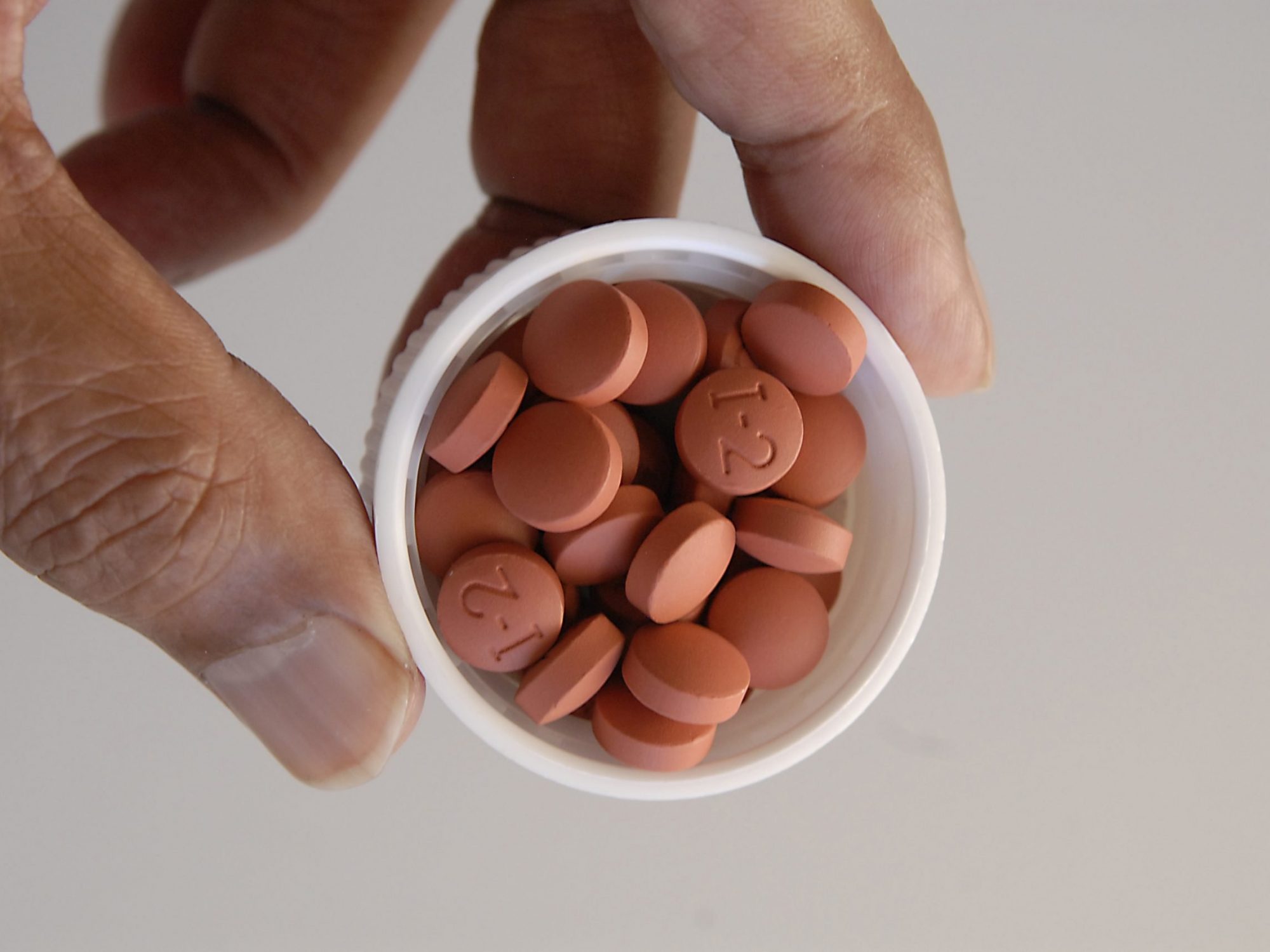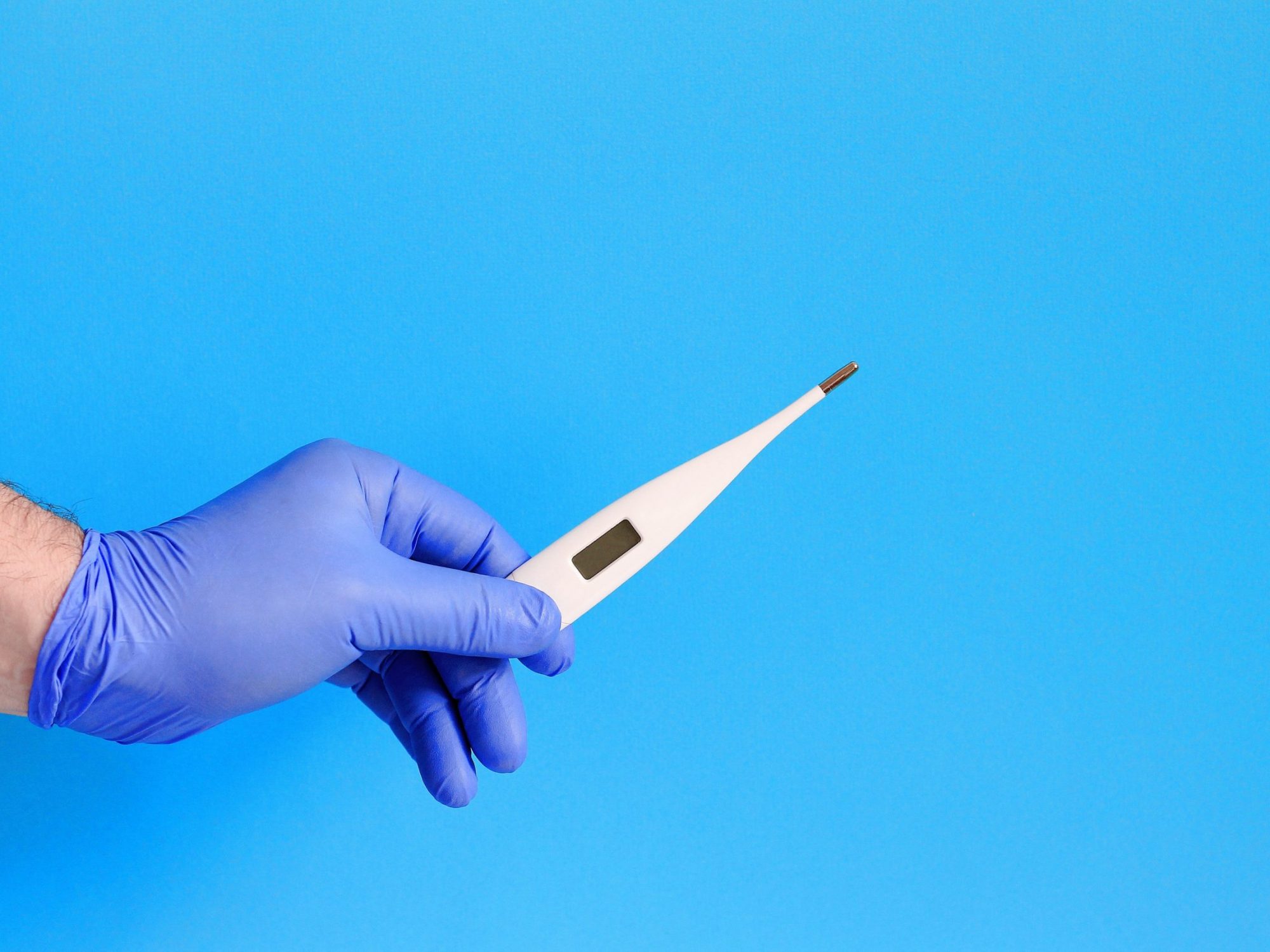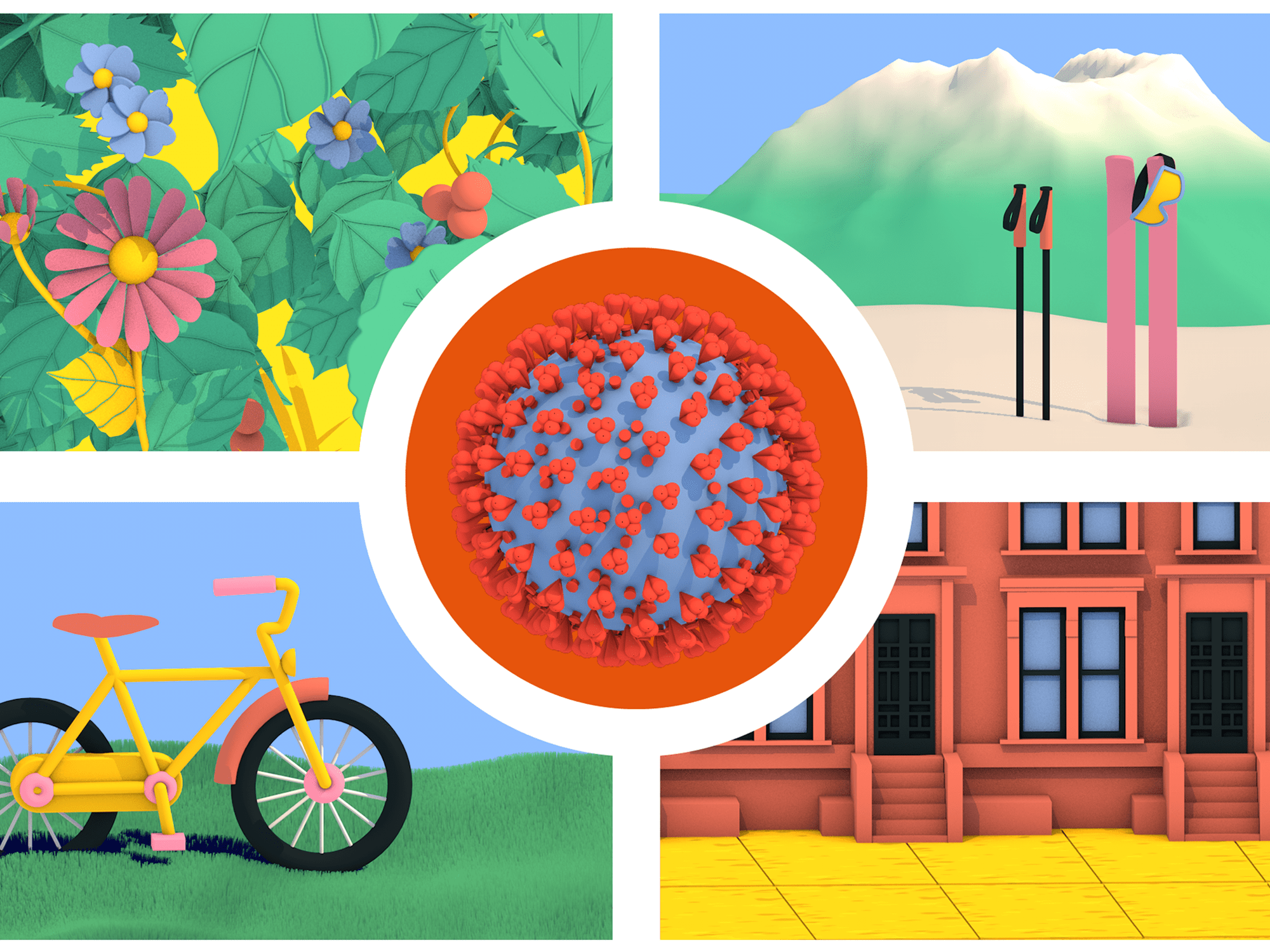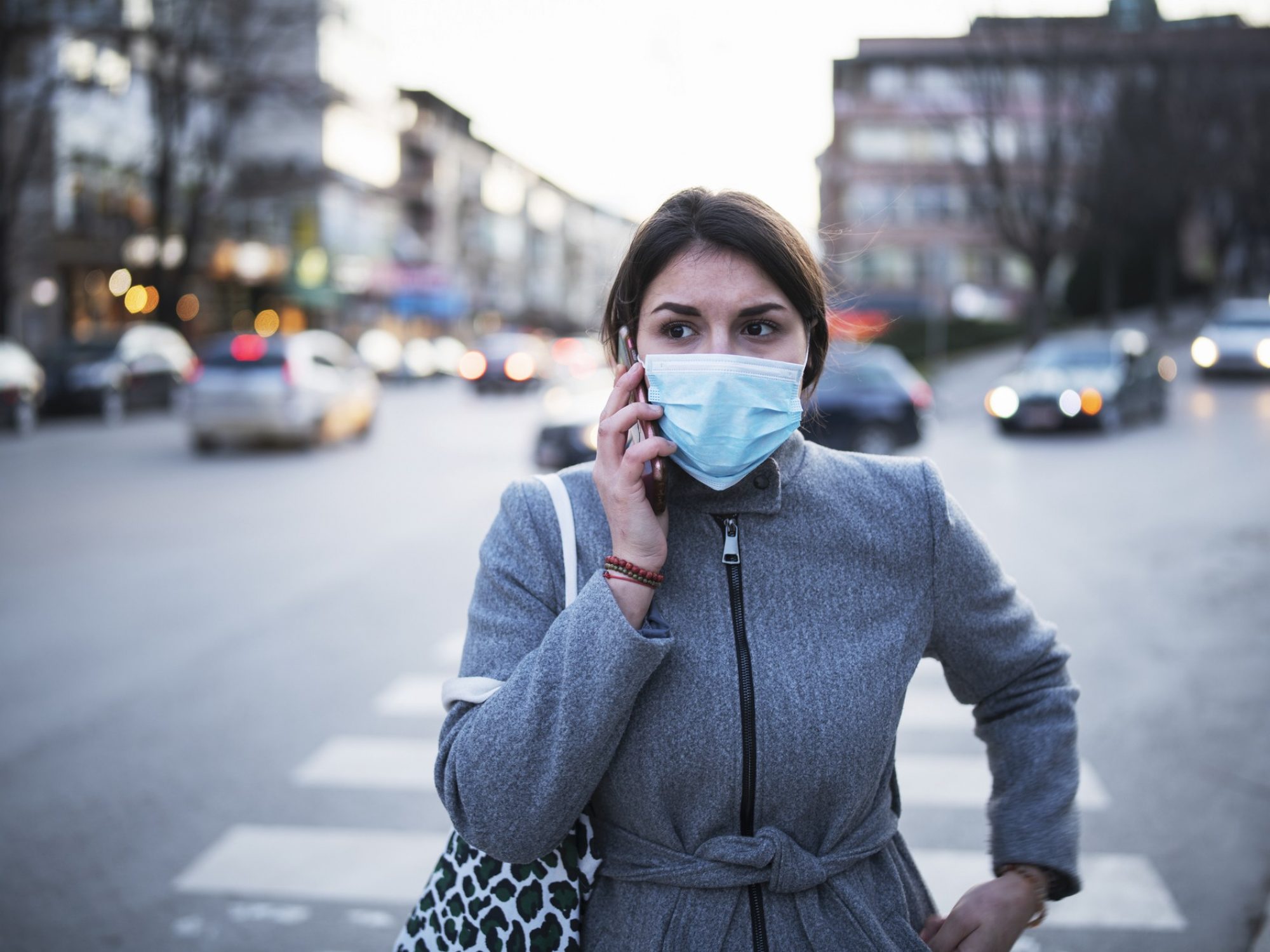The time for being selfish is over
College kids on spring break in Miami. Your retired parents insisting they can still go out to lunch. Millennials throwing quarantine parties. Despite the scary Covid-19 projections, shelter-in-place orders, and all the talk of flattening the curve, some people still aren’t getting how serious the novel coronavirus is — and that they play an important part in keeping themselves and the rest of their community safe.
Here are five facts to send to your most stubborn or science-averse friend or family member to get them to finally — finally — listen.

- People are contagious very early on in the infection, potentially even before they’re symptomatic. A study conducted by researchers in Germany found that nine people infected with the novel coronavirus were shedding huge amounts of the virus — thousands to millions of copies — as early as Day One of their infection, when they had only mild, cold-like symptoms. In fact, virus levels in the nose and throat were highest on that first day and declined in the days after. This suggests that infected people are shedding the virus even before they are symptomatic.
- It can take up to 11 days for symptoms to appear after infection. Research has shown that the median incubation period is five days. That means some people will develop symptoms sooner and some will develop them later. The study also reported that only 2.5% of people showed symptoms two days after exposure, and 97.5% of people were symptomatic after 11 days. This means that if you’ve come into contact with someone who has the virus, you need to quarantine for the full 14 days to be safe. This timeframe is especially important because you can be highly contagious during this time and not even know it (see point above).
- The virus lives on surfaces for up to three days. In an experiment, scientists created an aerosol that contained the novel coronavirus to mimic how it would be spread by a sneeze, a cough, or an exhale. Then, they sprayed that aerosol onto different surfaces to see how long the virus could survive. On copper, the virus was detectable for up to four hours, on cardboard for up to 24 hours, and on plastics and stainless steel for two to three days. This means that objects can remain contaminated for a much longer time, and people can become infected with the virus if they touch the object and then touch their face. You can also get infected if you inhale a sick person’s sneeze, cough, or exhale.
- The rate of the infection is growing exponentially. The WHO estimates the infection rate for the novel coronavirus is between 2 and 2.5, meaning that every person who gets sick will infect another two or three people. At that pace, the number of people with the virus will double every six days. This rate has led epidemiologists to predict that 40% to 70% of the population could contract the virus if extreme social distancing measures aren’t taken.
- It’s not just old people who are getting seriously sick. A lot of young people have blown off the risk of Covid-19 because most of the deaths have been reported in people over the age of 60. However, a new report by the CDC found that in the U.S., 38% of people who were hospitalized for Covid-19 were between the ages of 20 and 54, and 12% of ICU beds were taken up by people aged 20 to 44 years. Even if the virus doesn’t kill you as a young person, it can still make you very sick.
This information doesn’t mean you should panic, but you do need to take the pandemic seriously. Everyone has a responsibility — not only to protect themselves, but to protect their friends, family, neighbors, and community. You don’t want to be a vector for the virus, and the best way to curb the outbreak is to strictly practice social distancing.












